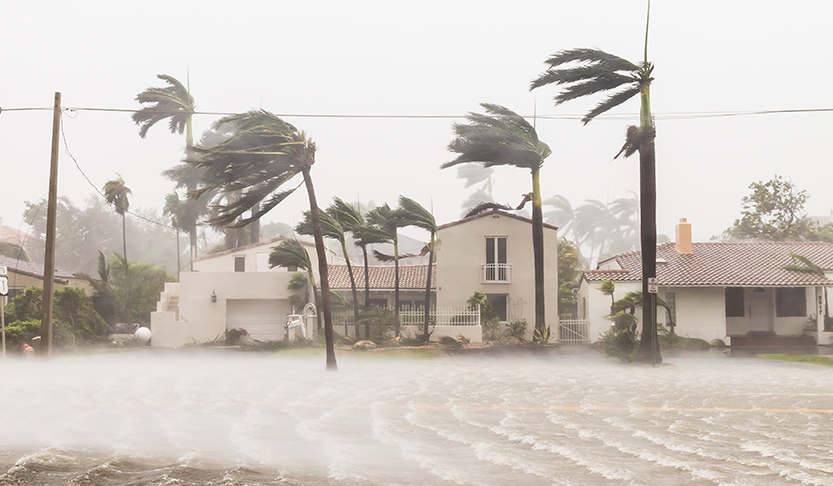On-demand Webinar
Developing a Hurricane Preparedness Strategy Through Historic and Real-time Information

Federal, state and local agencies need to work together to create a hurricane preparedness strategy that will ensure the security of their communities and critical infrastructure. The best way to develop one is to analyze historic trends compared to real-time publicly available information(PAI)—including weather statements and sensor data—so that all members of the agency can act effectively as a storm progresses.
Join officials from Virginia Department of Emergency Management, Earth Networks and Dataminr as they discuss:
- What historic trends to look for when preparing for a hurricane
- How to utilize PAI as the storm reaches landfall
- Response initiatives to keep employees and the community safe
Speakers:
- Erin Sutton, Chief Deputy State Coordinator, Virginia Department of Emergency Management
- Michelle Oblinsky, Deputy State Coordinator, Virginia Department of Emergency Management
- Mark Hoekzema, Chief Meteorologist, Director of Meteorological Operations, Earth Networks



